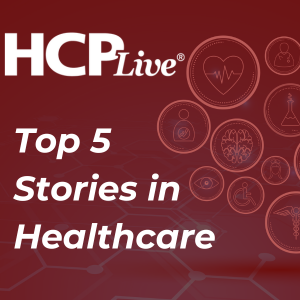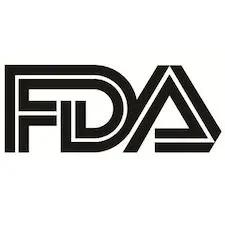Video
The Cost Benefit of Treating Addiction
Author(s):
New data show reduced risk of mortality, and clinical savings upward of $100,000, are linked to sometimes inaccessible substance use disorder therapies.
A new analysis of a model of the US population showed medicated-assisted treatment of opioid use disorder (OUD) in combination with overdose education and distribution of naloxone was linked to cost-saving reductions in morbidity and mortality due to OUD.
The findings, from a team of Stanford University and Veterans Affairs investigators, suggest a combination of therapy and education access could provide up to 16.9% reduction in deaths and up to $105,000 in lifetime clinical care costs saved.
The research is particularly pressing into the second year of the COVID-19 pandemic, a time which the same investigators predict susceptibility to OUD is likely peaking.
In an interview with HCPLive regarding the findings, study author Douglas K. Owens, MS, MD, of Stanford Health Policy at the Centers for Health Policy and Primary Care and Outcomes Research, discussed the continually proven benefit of OUD agents including buprenorphine, methadone, naltrexone, and psychotherapy—treatments which need to become more available.
“We know many people aren’t being treated with these very good therapies, and that’s a major issue,” Owens said. “Our work and many others’ suggest that the access to opioid use treatment should be expanded.”
Owens also discussed the means of improving access and education relative to more robust screening—a necessary effort following addiction-driving burdens of the pandemic.
“One of the things we need to do is identify people who have OUD and other substance use disorders,” he said. “That’s not always easy, but it’s important work we do a physicians.”
The study, “Cost-effectiveness of Treatments for Opioid Use Disorder,” was published online in JAMA Psychiatry.





